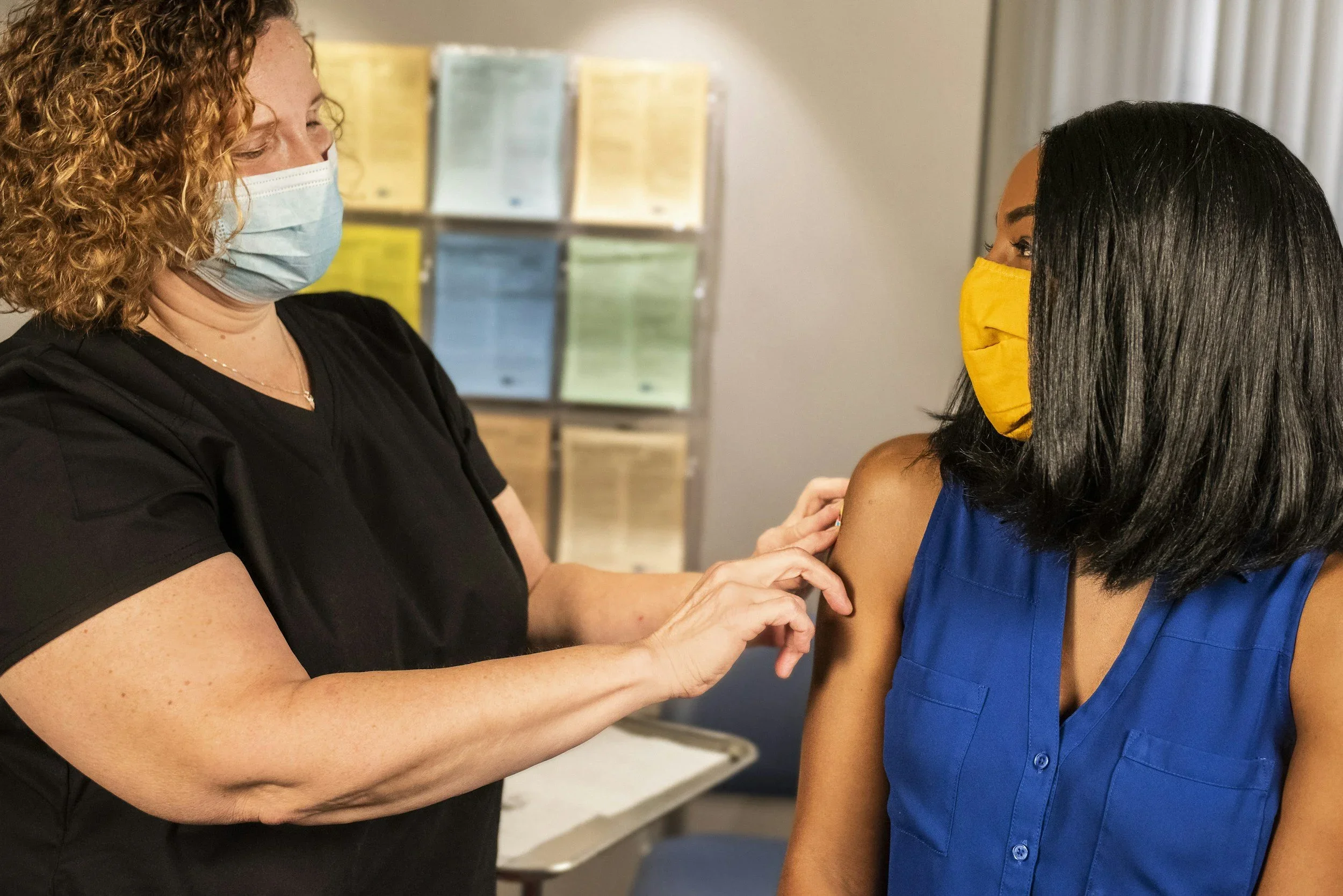Vaccine Rates Among College Students in the USA
Vaccine Rates Among College Students in the USA
Vaccination rates among college students in the USA are crucial for maintaining campus health, especially in light of the COVID-19 pandemic. Many colleges require vaccinations for enrollment, including MMR, meningitis, and COVID-19, with compliance rates generally high, often exceeding 90%. However, these rates can vary significantly across different campuses and regions.
Importance of On-Site Clinics
Access to on-site vaccination clinics is vital for ensuring high vaccination rates among college students. Convenient access to these clinics can significantly boost compliance, as students can easily get vaccinated without leaving campus. Many universities offer on-campus clinics, but the hours and locations may not always be convenient for all students, particularly those living off-campus or with busy schedules.
Impact of COVID-19
The COVID-19 pandemic has underscored the importance of vaccination and highlighted the need for accessible vaccination services. Over 70% of students reported being fully vaccinated against COVID-19, but compliance rates and enforcement challenges have varied. On-site clinics have played a critical role in facilitating access to COVID-19 vaccines, helping to manage outbreaks and protect the campus community.
Barriers to Vaccination
Several barriers to achieving higher vaccination rates among college students include:
Access and Convenience: Limited hours and locations of on-site clinics can hinder students' ability to get vaccinated. Expanding clinic hours and providing multiple locations can help address this issue.
Hesitancy: Peer influence and social media impact students' attitudes toward vaccines, affecting their willingness to get vaccinated.
Financial and Insurance Issues: Students without adequate health coverage or those facing financial constraints may struggle to afford certain vaccinations, even when they are available on campus.
Strategies to Improve Rates
Expanding On-Site Clinics: Increasing the availability of on-campus vaccination clinics with extended hours and multiple locations can make it easier for students to get vaccinated.
Education and Outreach: Universities can enhance educational campaigns to provide accurate information about the benefits and safety of vaccines, using peer-led initiatives and collaborations with student organizations.
Financial Support: Providing vaccines at low or no cost, particularly for students without insurance, can remove financial barriers. Establishing emergency funds and grants can further support students in need.
Policy Enforcement: Clear and consistent enforcement of vaccination requirements can ensure higher compliance rates, supported by robust systems for tracking and managing student vaccination records.
Conclusion
Vaccination rates among college students in the USA are generally high for mandated vaccines, but there is room for improvement, particularly in the context of newer vaccines like those for COVID-19. By enhancing access to on-site clinics, addressing barriers, and improving education, universities can play a pivotal role in safeguarding the health of their students and the broader community. Prioritizing vaccination remains essential for maintaining a healthy campus environment.
Featured Posts
Let’s Bring Better
Health to Your Community
Get in touch for fast scheduling, nationwide coverage, and a partner you can trust.




